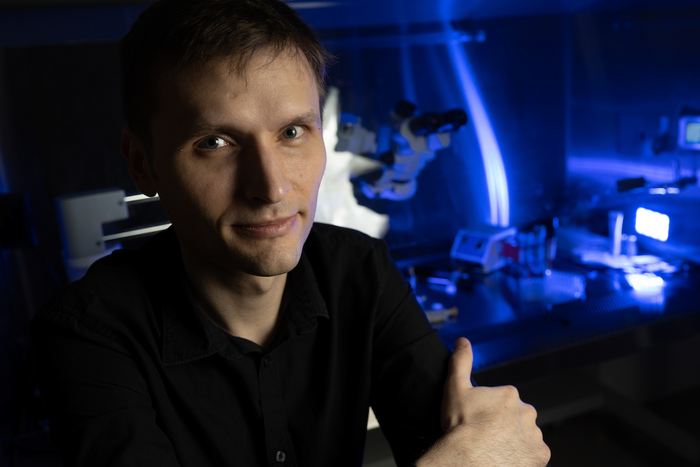A bioengineer in the US has been awarded funding to identify nongenetic drugs that can temporarily enhance the human body’s resilience to extreme cold exposure.
Jerzy Szablowski, an assistant professor of bioengineering at Rice’s George R. Brown School of Engineering, won the Young Faculty Award from the Defense Advanced Research Projects Agency (DARPA).
Szablowski plans to deploy a new screening method to find drugs capable of enhancing the cold adaptation response of brown adipose tissue (BAT), or brown fat.
This regulates body temperature by breaking down blood sugar and other fat molecules in a process known as thermogenesis.
The human body’s response to cold involves two thermogenic processes.
Szablowski explained:
“One involves shivering, which all of us have experienced.
“If you are getting ill and you are developing a fever, you begin to shiver, and that shivering raises your body temperature.
“The problem is that you lose dexterity and it is really unpleasant.
“The other type of thermogenesis involves BAT, which is capable of generating heat through a chemical reaction.
“Nonshivering thermogenesis kicks in sooner but is not as efficient, so it cannot generate quite as much heat, at least not in humans.”
Through the DARPA award, the researchers will work with Miao-Hsueh Chen, an associate professor of paediatric nutrition at Baylor College of Medicine and an expert on BAT, to enhance nonshivering thermogenesis.
A drug that boosts BAT response could help first responders treat victims of hypothermia and potentially lower the cost of arctic exploration.
Szablowski said:
“If you have a drug that makes brown fat more active, then instead of having to spend weeks and weeks adapting to cold, you can perform better within hours.”
The researchers said the new screening method could also be applied to optimise the development of drugs to treat diseases and infections, a process that is currently both cost- and time-consuming.
Drug development involves multiple stages, each requiring specific resources and expertise.
“First, you have to understand the biology of the disease or physiological process, and then find a site to intervene, like a protein or a process in the cell that you can target with a drug,” Szablowski said.
“This is where this project comes in.
“The main innovation of this screening method is that it is mechanism-agnostic, meaning that we might not need to fully understand the disease or physiological process before developing mitigation strategies.
“Simply put, it would allow us to screen a very large number of drugs.”
Photo by Jeff Fitlow/Rice University




